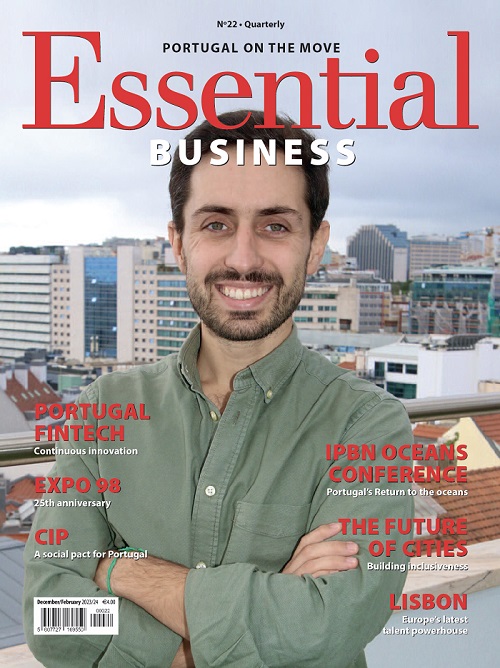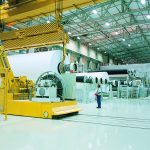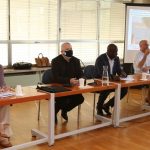LaGofra’s foray into high-end textile
LaGofra was founded in 2012 at the height of Portugal’s economic crisis and it was overseas that it found the orders to sustain it. Today, the textile company specialising in clothing for the high and medium-high ends of the market exports almost 100% of its production.
The secret to its success lies literally in the hands of over 40 couturiers who are the heart and soul of this company based just a few kilometres from Porto, more precisely in Seroa, Paços de Ferreira.
Filipe Prata, CEO of LaGofra, likes to say that his isn’t a traditional textile company, despite employing almost 100 people. At LaGofra, they work for clothing labels (cloth) from the four corners of the world and export practically their entire production. It’s a line production yes, but produces in small quantities, focusing on detail and perfection, all done by the hands of the couturiers who represent around half of the company’s workforce.
“We’re not a factory, rather a large atelier. We do everything for people and by people. We don’t do those mega-orders of 20,000 units. A large order for us means 3,000 pieces since usually the ones we get are for around 300 units per design,” says Filipe Prata.
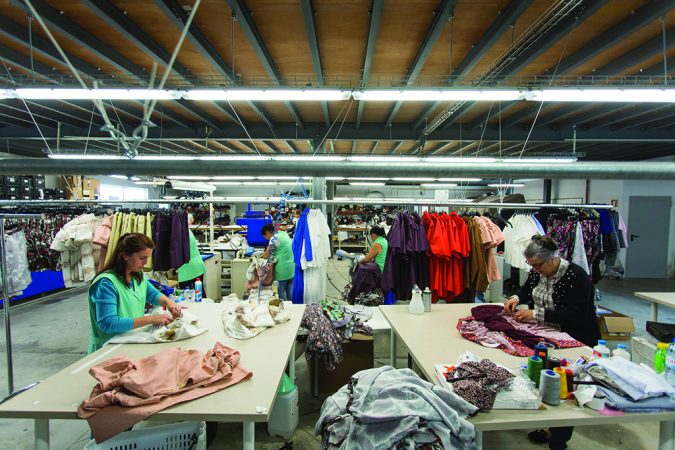
“We have the best machines on the market, but have chosen not to go in for industrial specialisation. We’re not a company specialising in shirts, but we do make shirts that companies specialising in shirts don’t or can’t make. And this goes for all kinds of textile wear, from dresses to trousers and coats.”
At the heart of this multi-skilled approach to products and within a quality context lies the ability of each of the couturiers to rise to the different challenges. “Our strong point is having a team that has been with us since the 1980s (see box) and, throughout all these years, has made all types of clothing in all possible styles and ways. For each of them, it’s immaterial whether they are making a dress or a coat; they have the skills for both. We know that this is an advantage over the competition,” stresses the CEO.
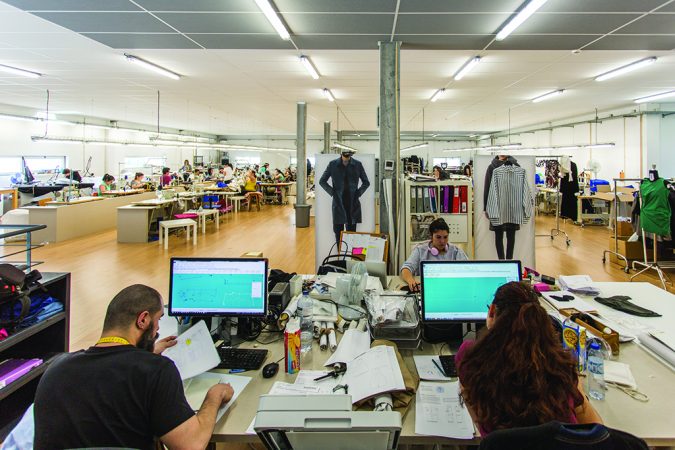
This specialisation defines their clients. “Yes, it is more expensive to produce than on a mass scale, which is why our garments are made for clients who want added value,” says the CEO of LaGofra, pointing out that, even so, these products are not aimed at the luxury market. “For me, luxury has to be governed by exclusivity and be almost inaccessible. Like, for example, the Swedish car manufacturer Koenigsegg which only manufactures 10 cars a year and selects the clients to whom it wants to sell. Money is not enough. In our case, when we’re asked if we only work with luxury brands, I say that we don’t, rather we work with good brands.”
Working with brands like MaxMara, Isabel Marant, Henrik Vibskov or Reality Studio, LaGofra exports almost its entire output. “In terms of countries, I would say that France heads our clients’ order book. We have clients all over the world, but Italy, the United Kingdom, USA and Scandinavia (particularly Denmark) are among our biggest markets.”
Foreign buyers take up almost all production even though, for accounting purposes, exports represent 90% of turnover. “We have some foreign clients that have set up their companies here, which is why, in these cases, we invoice in Portugal, but to make things simple we usually say that none of our clients speak Portuguese.”
But the Portuguese can obtain LaGofra-made products in the company’s shop Daily Day in Porto’s very exclusive Avenida dos Aliados.
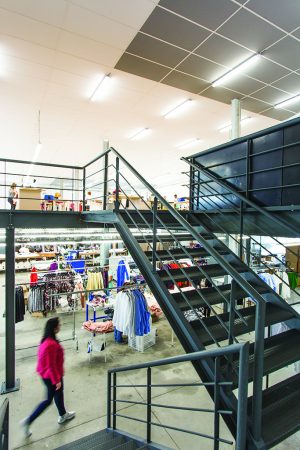
In the short and medium terms, the company wants to grow and, as such, has to overcome a challenge that has blocked it, in part, since it was founded in 2012: attracting qualified staff to flesh out its team.
Two years ago, and after a recruitment drive that wasn’t that successful due to lack of qualified persons, LaGofra set up a partnership with a job centre and the textile training centre Modatex – Centro de Formação Profissional da Indústria Têxtil, Vestuário, Confeção e Lanifícios to train up couturiers as and when needed.
Now they are investing in another approach. “One of the main difficulties we still have is recruiting qualified staff. We did six-month training courses but with only partial success. That is why we decided to create small units, kind of mini-ateliers, in the area surrounding our factory. It’s easier to gather four or five people together 20km from LaGofra than have them travel that distance each day to come here to work. And part of our strategy that is developing is that in the coming years we will consolidate,” he says, adding that at present they have already set up six of these mini-ateliers.
A promising future to meet the higher growth benchmark while keeping internationalisation in its sights.




